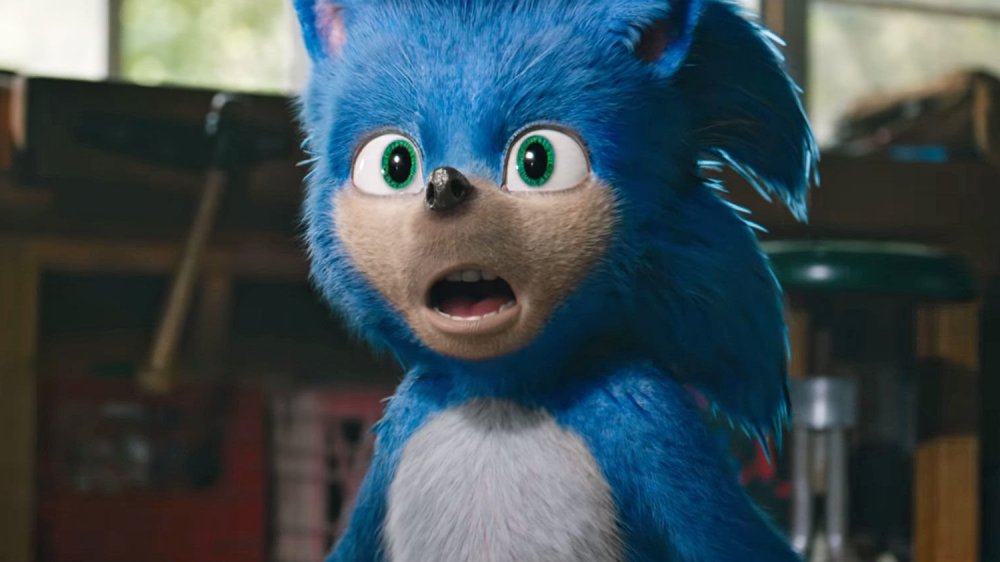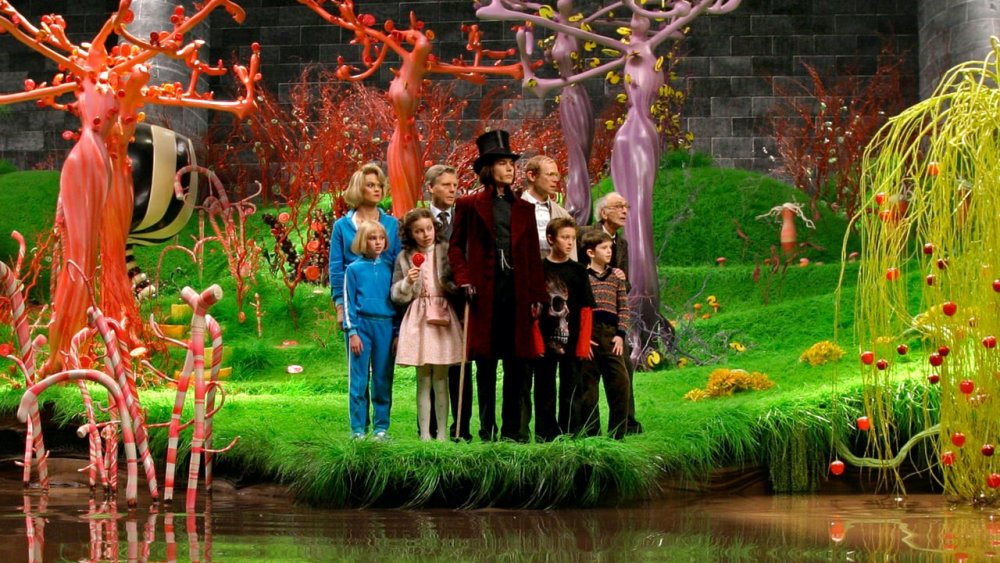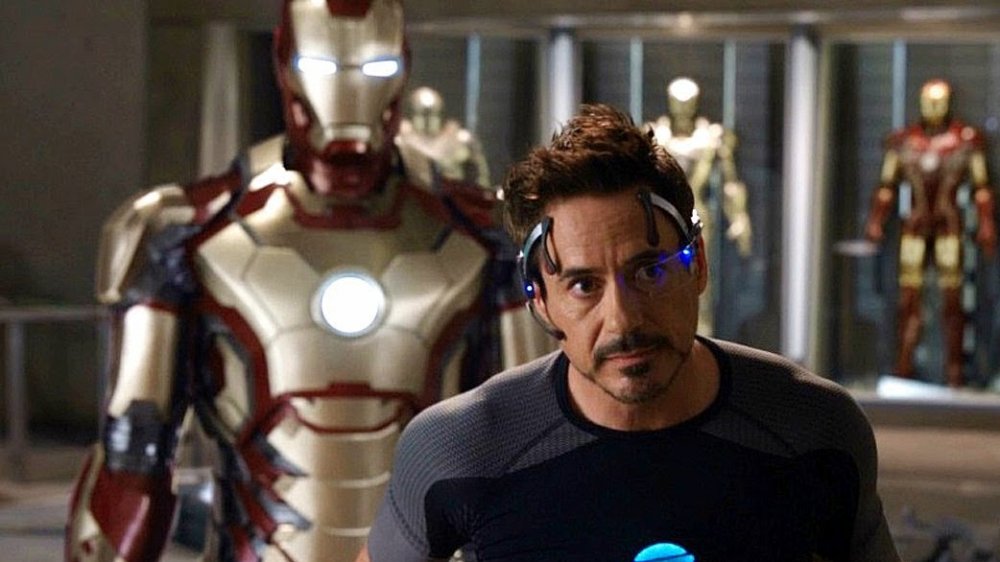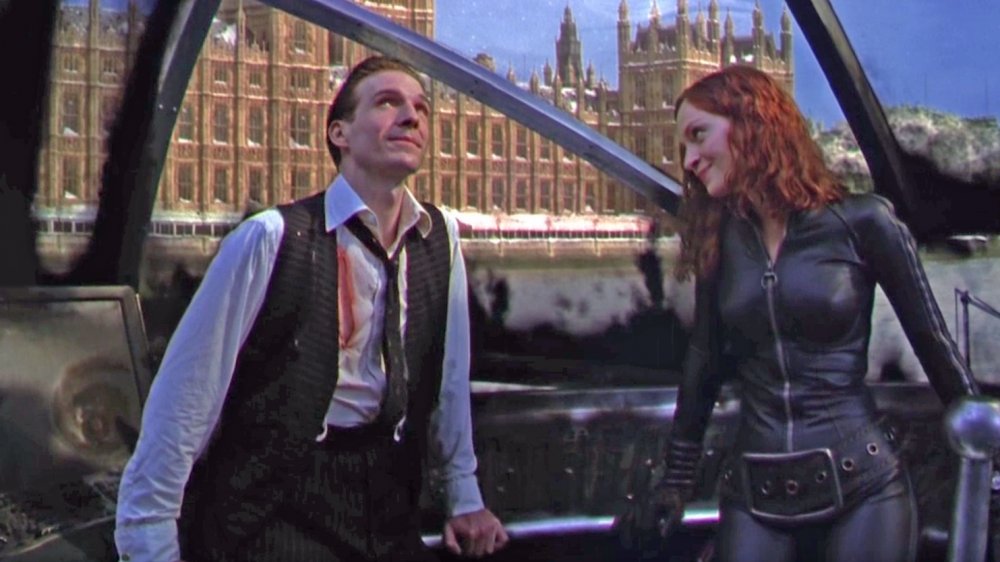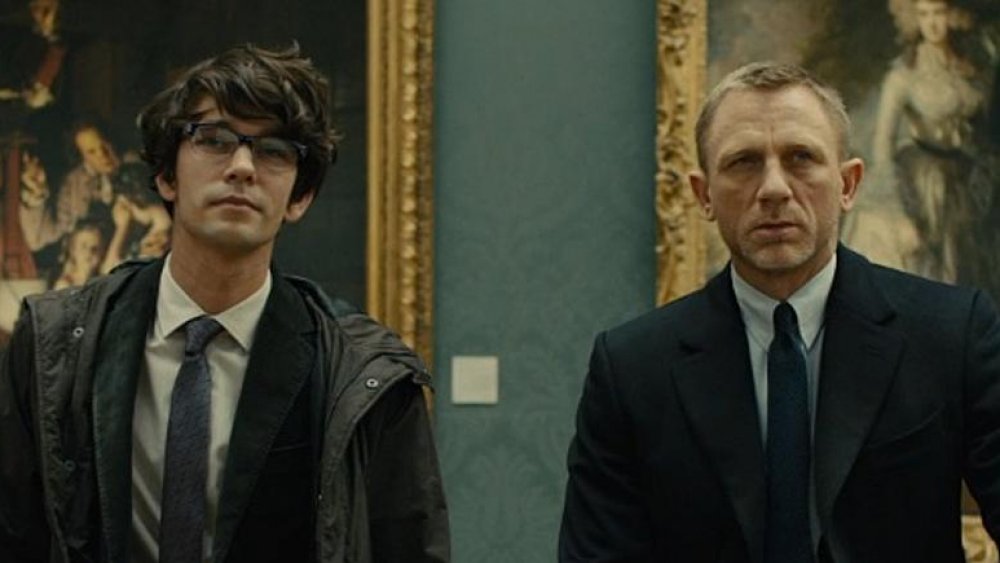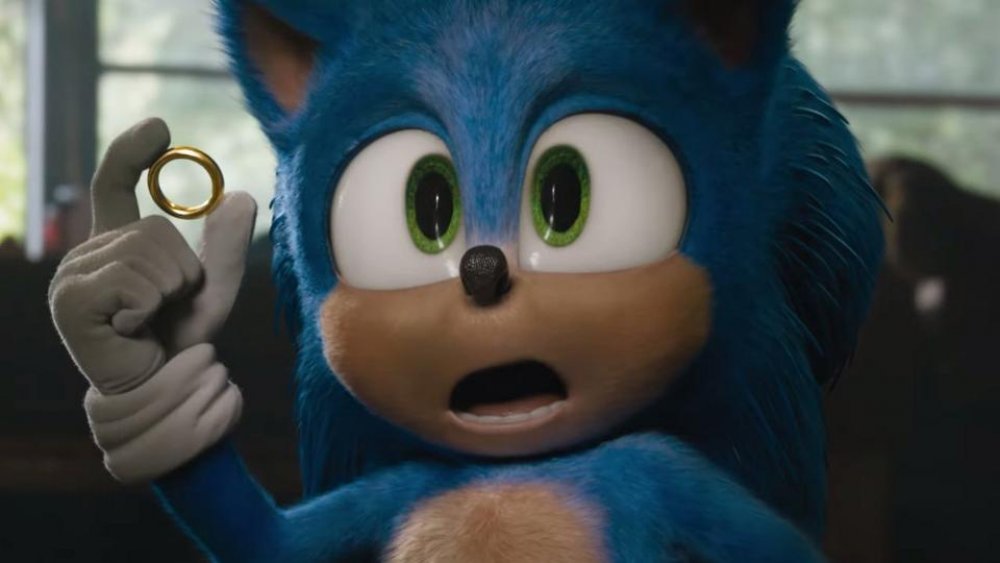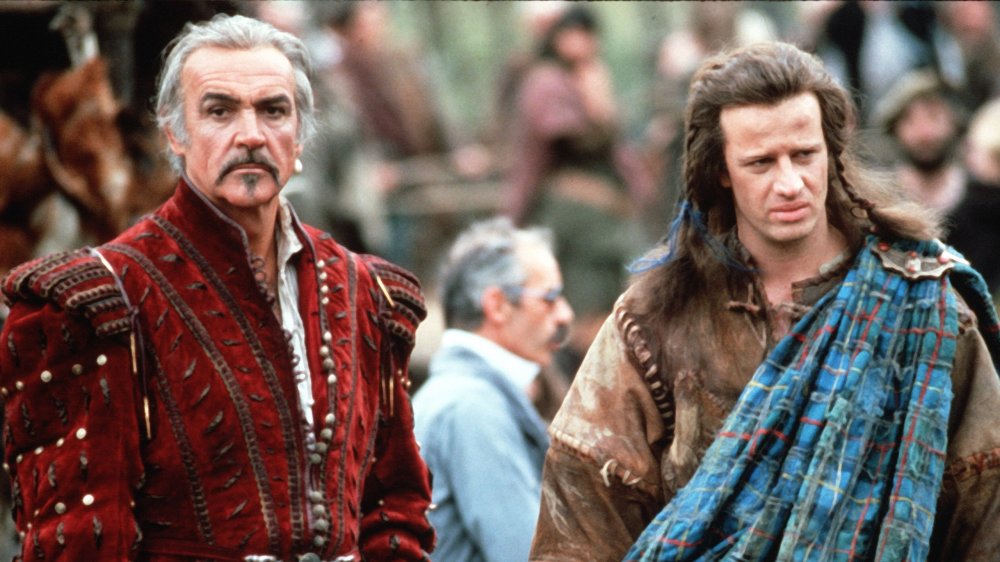Movie Mistakes That Cost Studios A Ton Of Money
Bloopers and behind-the-scenes mishaps can always make movie buffs laugh — but for the studios bankrolling the film, it's not a joke. When you're working with big stars, expensive equipment, and elaborate sets to produce blockbuster films, any mistake can unexpectedly end up costing anywhere from a few thousand to millions of dollars. Even a minor delay in filming can be a serious setback. And when your budget is stretched to the maximum, all you can do is hope that the film turns out to be a massive success at the box office.
From damaging cameras that cost more than a house to actors getting injured after deciding to do their own stunts, there are plenty of ways to make a mistake on a movie set, and even the most experienced actors and crew members will inevitably screw up sometimes. Here's a look at a few movie mistakes that racked up serious expenses for studios.
Charlie and the Charlie Factory - Chocolate catastrophe
The sets of the 2005 Tim Burton film Charlie and Chocolate Factory captivated audiences — who wouldn't want to explore every room of secretive candymaker Willy Wonka's factory? After all, this was a world of pure imagination, and everyone wondered what it would be like to win one of those coveted golden tickets.
Throughout the film, audiences see just how treacherous the factory could actually be: Violet Beauregarde turns into a blueberry, Mike Teevee shrinks to a few inches tall, and Veruca Salt falls down a garbage chute. Shortly after the children enter the factory, Augustus Gloop falls into the chocolate river — and while filming, one expensive camera lens met a similar fate. A crew member accidentally dropped a camera lens that cost $540,000 right into a large vat of chocolate. But the cost of the filming delay was even higher than the cost of the lens itself, adding a whopping $900,000 to the budget.
Iron Man 3 - Inconvenient injury
In the midst of shooting Iron Man 3, Robert Downey Jr. seriously injured his ankle while shooting a stunt. He was told that he needed to rest his ankle for six weeks, and he wouldn't be able to shoot any scenes during that time. But there was no way that the filmmakers could simply sit back and wait for Downey to heal. After all, the entire film centered around him, and pausing production for six whole weeks wasn't an option.
Instead, they had to get creative to work around the fact that he wouldn't be on set. Immediately after Downey found out that he needed to stay off his ankle for a month and a half, the VFX team took matters into their own hands. In order to film certain scenes, they brought in a body double and utilized facial capture to "reconstruct" Downey as Tony Stark. In fact, the final scene of the film was actually shot with a body double, and audiences were none the wiser.
The Avengers (1998) - Studio fire
In 1998, long before Marvel introduced their Avengers to the big screen, a film adaptation of the TV show The Avengers premiered. It was universally panned, and neither audiences or critics had anything nice to say about it. Unfortunately, this meant that the film fell short at the box office, earning just over $48 million in comparison to the $60 million budget. And a disaster on set at Pinewood Studios had stretched that budget further.
In June 1997, the crew was a filming a "controlled explosion" on set, but the situation quickly spiraled out of control when the sound studio caught fire. Sparks from the explosion had flown all the way up to the roof. Sixty firefighters had to be called in to fight the blaze, and one studio worker had to go to the hospital because of smoke inhalation. It seems that The Avengers was doomed from the start, and the poor reviews and lackluster box office performance didn't make up for everything the cast and crew dealt with on set.
Skyfall - Wardrobe malfunction
No one on the set of Skyfall thought that a minor fashion mistake would lead to a lengthy editing process in post-production. What seemed like a fine costume choice by Daniel Craig resulted in a scramble to fix the visuals in order to avoid super expensive reshoots.
Craig picked up a pair of black leather gloves and requested to wear them for a few scenes, thinking that the look suited his character. He proceeded to don the gloves while filming, and no one thought twice about it until they realized that this choice of accessories actually ruined a very important plot point. In Skyfall, James Bond comes into possession of a gun that can only be activated and fired with his specific fingerprints. Obviously, this high-tech weapon would be completely useless if he was wearing gloves and couldn't fire it. The solution? Digitally "painting" Craig's hands. A reshoot would have been even pricier, with the studio estimating a multi-million dollar cost.
Sonic the Hedgehog - Design disaster
When the first trailer for Sonic the Hedgehog dropped, the backlash against Sonic's design was so relentless that the studio had no choice but to accept that they had made a serious mistake. The Sonic featured in the trailer looked nothing like the popular video game character — fans were totally freaked out by the image of an animated blue hedgehog with human teeth. You would be hard pressed to find even one Sonic fan who found the initial design accurate, and the trailer was mocked across the internet for days.
Internet outrage over a trailer or casting choice doesn't always result in actual changes to the film, but in this case, the crew behind Sonic was forced to accept that it was time to go back to the drawing board. The film's release date was delayed, and they completely redesigned Sonic to look more like the original character. Ultimately, the redesign process cost $5 million.
Highlander - A negative loss is Connery's gain
When Sean Connery signed on for the 1986 fantasy-adventure film Highlander, he expected to earn $500,000 for three days of work. The directors knew that having Connery's name attached to the film would help sell tickets, but they also knew that working with him would be quite expensive, so they aimed to limit his time on set and use body doubles to stand in for him whenever possible. But a camera malfunction gave Connery a surprise salary boost.
Connery's contract had a clause that guaranteed him an additional $500,000 for any days spent working beyond the initial three days he had agreed upon. When the negative with footage for Connery's scenes was damaged, he had to stay on set for a redo. This took two more days, securing Connery an extra million dollars for his time. Because of this generous overtime pay, he basically tripled his original salary. This unexpected windfall might help explain why, although Highlander performed poorly at the box office, Connery returned for the first sequel, Highlander II: The Quickening.
